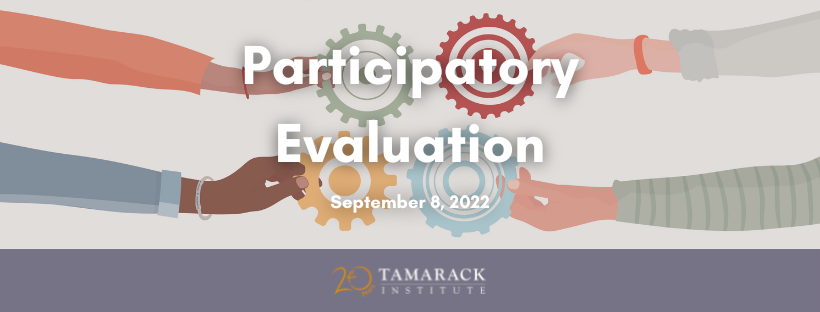Since the 1990’s, the City of Kamloops has been an advocate for community accessibility. Over the last twenty years, many projects have been implemented within the city to understand community priorities related to accessibility and inclusion.
The City recognized that, while there has been a lot of great work done to address accessibility and inclusion, there needed to be a formalized policy to support future planning for improvements and resources for access and inclusion.
The City of Kamloops received an age-friendly planning grant to partner with the Tamarack Institute to implement a community engagement process with staff and the community to help shape the development of an accessibility and inclusion policy for the city. The community conversations looked at the scope of municipal initiatives achieved to date related to improving accessibility for all residents.
Secondly, the City, sought to prioritize the outcomes of those initiatives into policy and procedures throughout the city.
Thirdly, the results from the conversations helped to shape the priorities with the community to determine to determine the collective action the
community should take to promote and transform Kamloops into an ever more inclusive and accessible community.

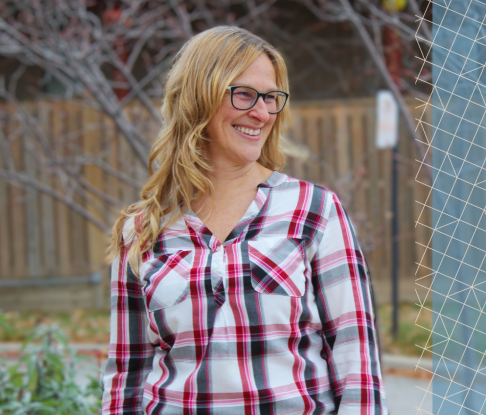
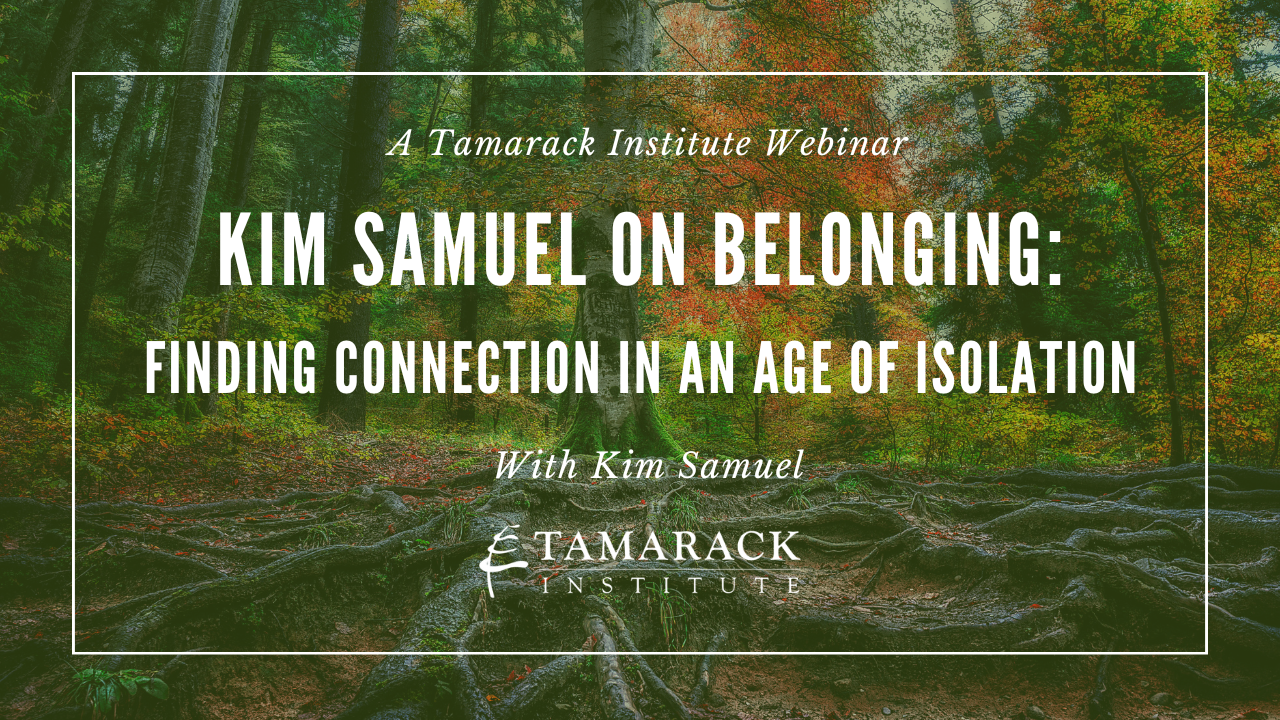
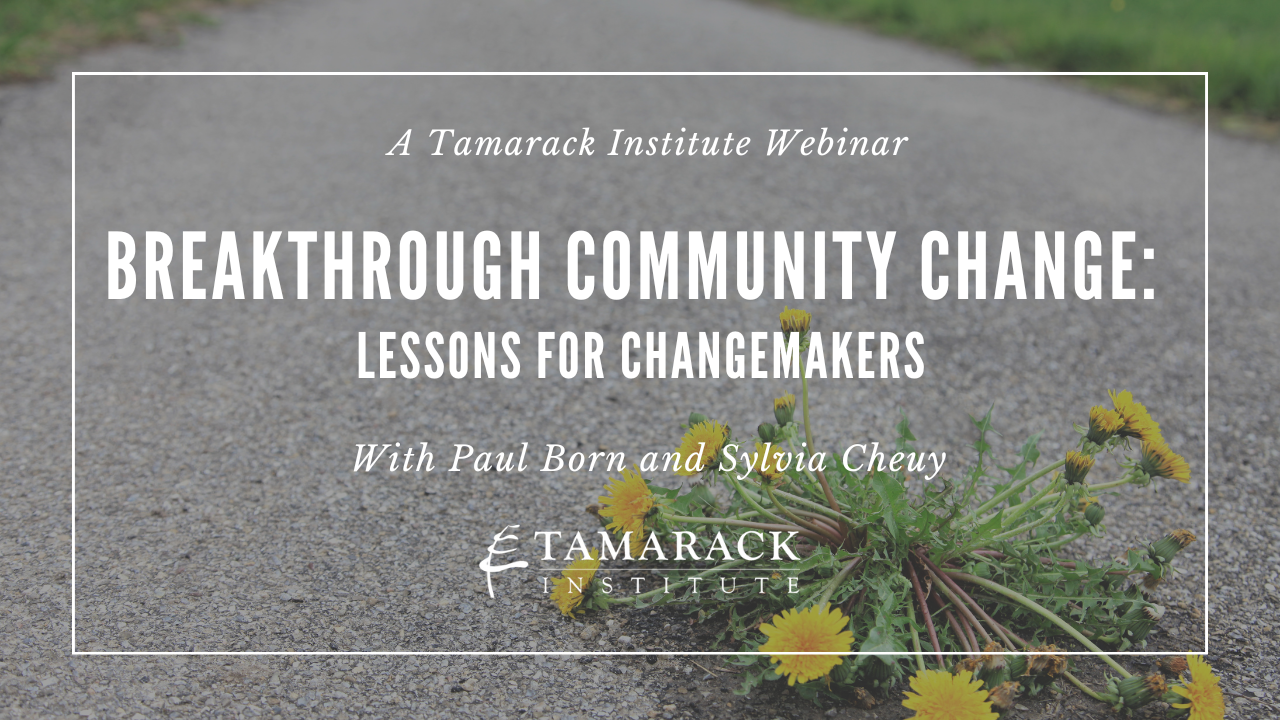


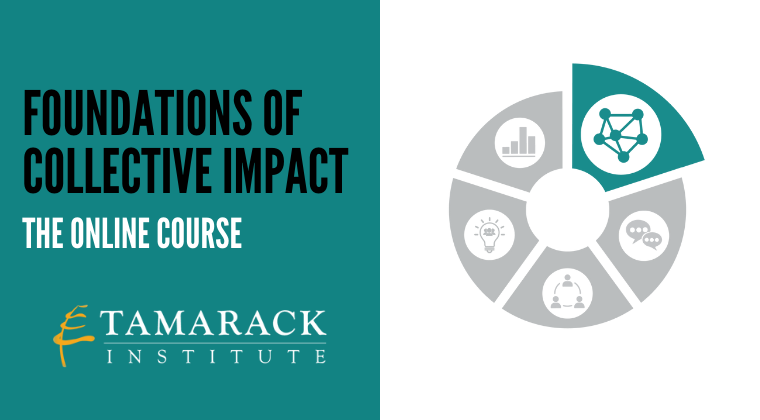

.png)

.png?width=820&name=2020%20Free%20Community%20Building%20Webinars%20820%20FB%20(1).png)





.png?width=820&name=MicrosoftTeams-image%20(9).png)

